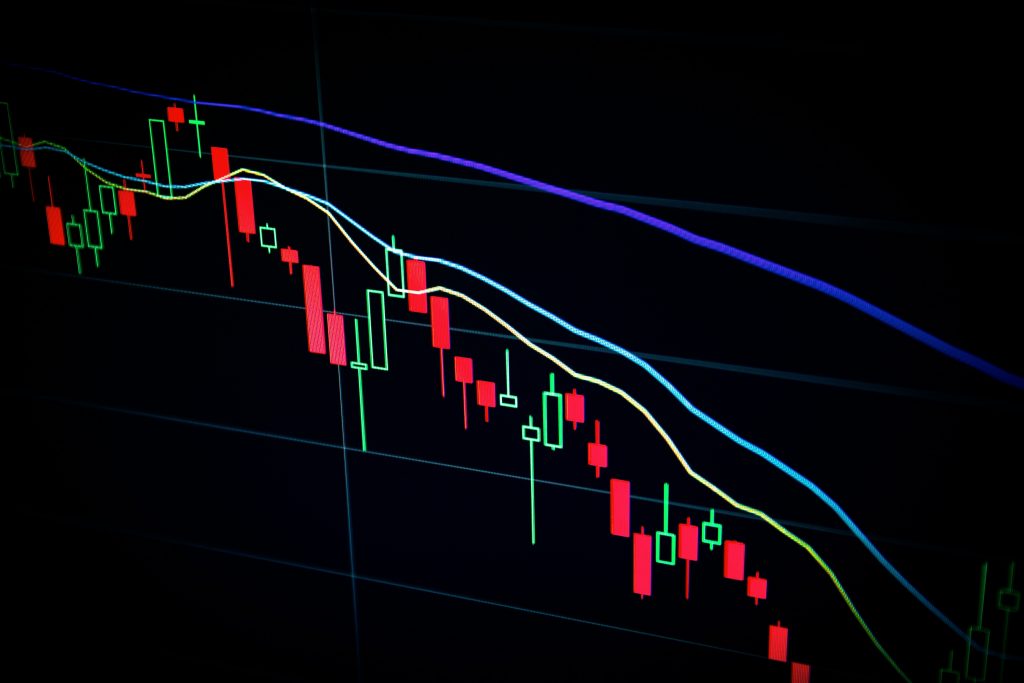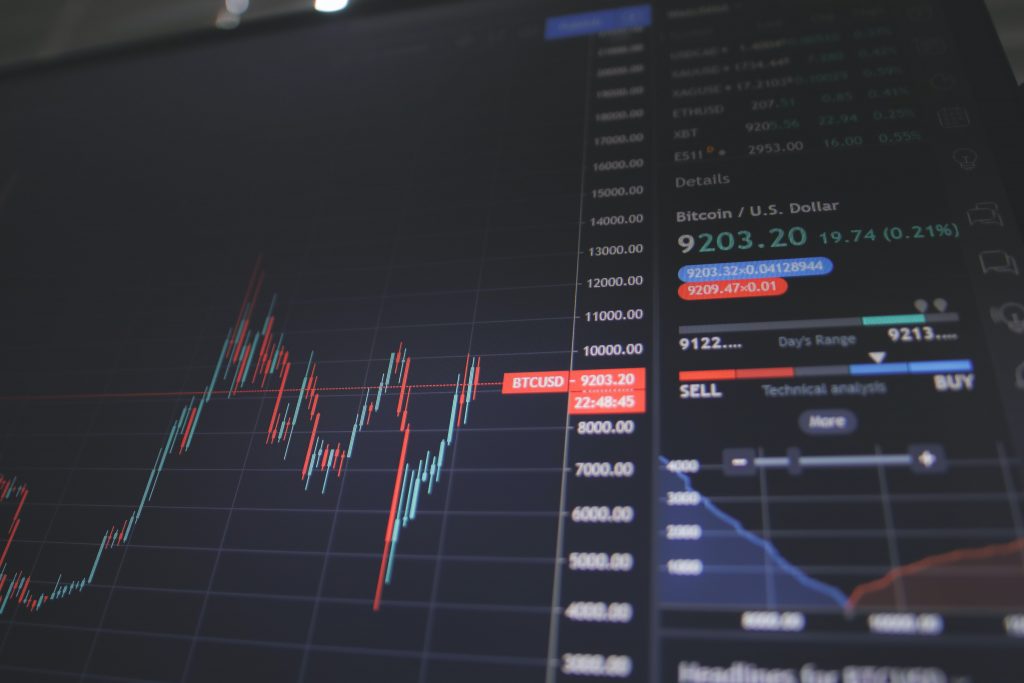Initial Public Offer (IPO): What is it?
An IPO is the process by which a company first issues or sells shares to the public. Therefore, an IPO is also known as an initial public offering.
Subsequently, an IPO is an interaction that transforms a privately owned business into a public company.
There are two types of stock market
- Primary market
- Secondary market
Whenever a company seeks an initial public offering, it means that the company’s shares will be traded in the primary market. The money is handled directly between the company and the investor.
However, an investor cannot sell an initial public offering unless the company is listed on a stock exchange or secondary market. Once calculated, the company shares can be sold after 7 days. Hence, any market that buys and sells on seller intervention is called a secondary market.

IPO requirements:
Companies must meet trading requirements with the Securities and Exchange Commission (SEC) to keep their initial public offering (IPO). An initial public offering is an opportunity for companies to increase their earnings by offering shares.
An IPO can also be seen as an exit strategy for corporate entrepreneurs and start-up investors. It helps to see the full benefits from the company’s private investment.
So the basic reasons for the IPO are
- Expansion
- Debt
- New Product or Services
Once a company reaches maturity or maturity in accordance with SEC rules and regulations governing the interests and responsibilities of public shareholders, it begins to show an interest in transparency. An IPO is a big step for a company to help raise a lot of money through it.
Benefits of IPO:
When a company becomes public, the former private equity shareholder becomes publicly owned and the existing private equity shares become public trading value.
How does an IPO work?
There are two parts to an initial public offering:
- i) Pre-marketing phase of submission
- ii) Initial public offer
Customers lead the initial public offering process. The company selects them. The sub-authors submitted instructions for the type of security to be provided, the amount granted, the number of shares and the duration of the offer.
Hence, initial public offering IPO teams are set up and companies take specific steps to meet SEC requirements. The board of directors was then formed.
Red Herring Prospectus: Description
The Red Herring Prospectus is the first or most important prospectus sent by the Company as part of a public collectorate.
Types of IPOs:
- Fixed price IPO
- Book Building IPO
Under an initial public offering fixed price, the issuing company sets a fixed share price at the time the book is created; The public company offers a 20% price band on the shares. Hence, the lowest price is called the lowest price and the highest price is called the cap price.
Also Read: Dental Insurance Plan to Buy

How to become a member?
Offline channels and online platforms can be used to place bids on an IPO. The offline person must complete the form in person and submit the completed form to the seller or banker.
The online process involves logging into the trading interface provided by the trader and filling in the details. These days SEBI facilitates stock market players through a platform called Price Requestor or ASBA, which restricts them from investing in IPOs.
Any IPO can be oversubscribed too like in many cases. It is considered to be oversubscribed when there are more people willing to buy the shares than the total available shares.
Also Read: Forex Trading for Beginners